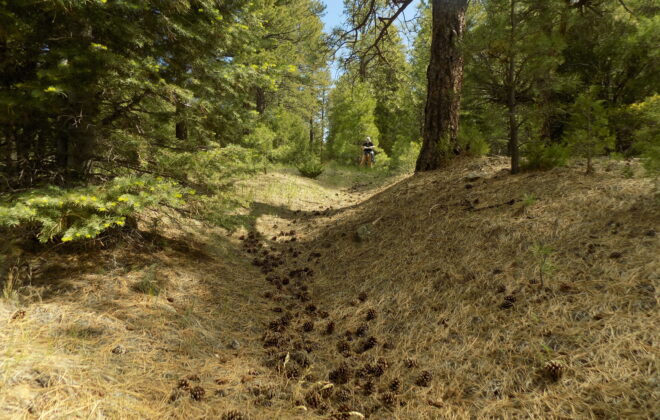Beacon Island
Beacon Island is a multi-component site located on the Missouri River in western North Dakota that contains a well-preserved Agate Basin-age bison kill-butchery locality. Spread across the sloping sides of a shallow kettle basin, the Agate Basin component consists of the butchered remains of at least 29 Bison antiquus, along with projectile point fragments, other stone tools, and flaking debris. In 2002 and 2006, the State Historical Society of North Dakota and PCRG jointly carried out a multi-disciplinary field investigation at the site. Archaeological excavation, which featured intensive piece-plotting of individual specimens combined with fine-mesh waterscreen processing of excavated sediment, ultimately exposed 121.5 m2 of the Agate Basin component.
The bonebed at Beacon Island is the most precisely dated Agate Basin occupation. Four radiocarbon assays, two on bone and two on charcoal, produced statistically equivalent ages with a weighted mean age of 10,326±28 14C yr B.P. Multiple lines of evidence indicate that the bonebed represents a single event that occurred during early-to-mid winter. The bonebed was buried rapidly, preserving spatially discrete activity areas.
The Beacon Island hunters thoroughly butchered most of the bison brought down in the kill, preparing both fore- and hindlimbs for transport to a secondary processing locality or camp. They also recovered and refurbished serviceable point fragments, only leaving behind segments deemed unsuitable for further use as weaponry. The notable lack of stone tool types not directly related to hunting and butchery indicates that the hunters focused their efforts narrowly on carcass processing and weaponry rejuvenation. The stone tool raw materials present in the assemblage reflect both intimate familiarity with the local landscape as well as limited interaction with Agate Basin groups living farther south and west.










